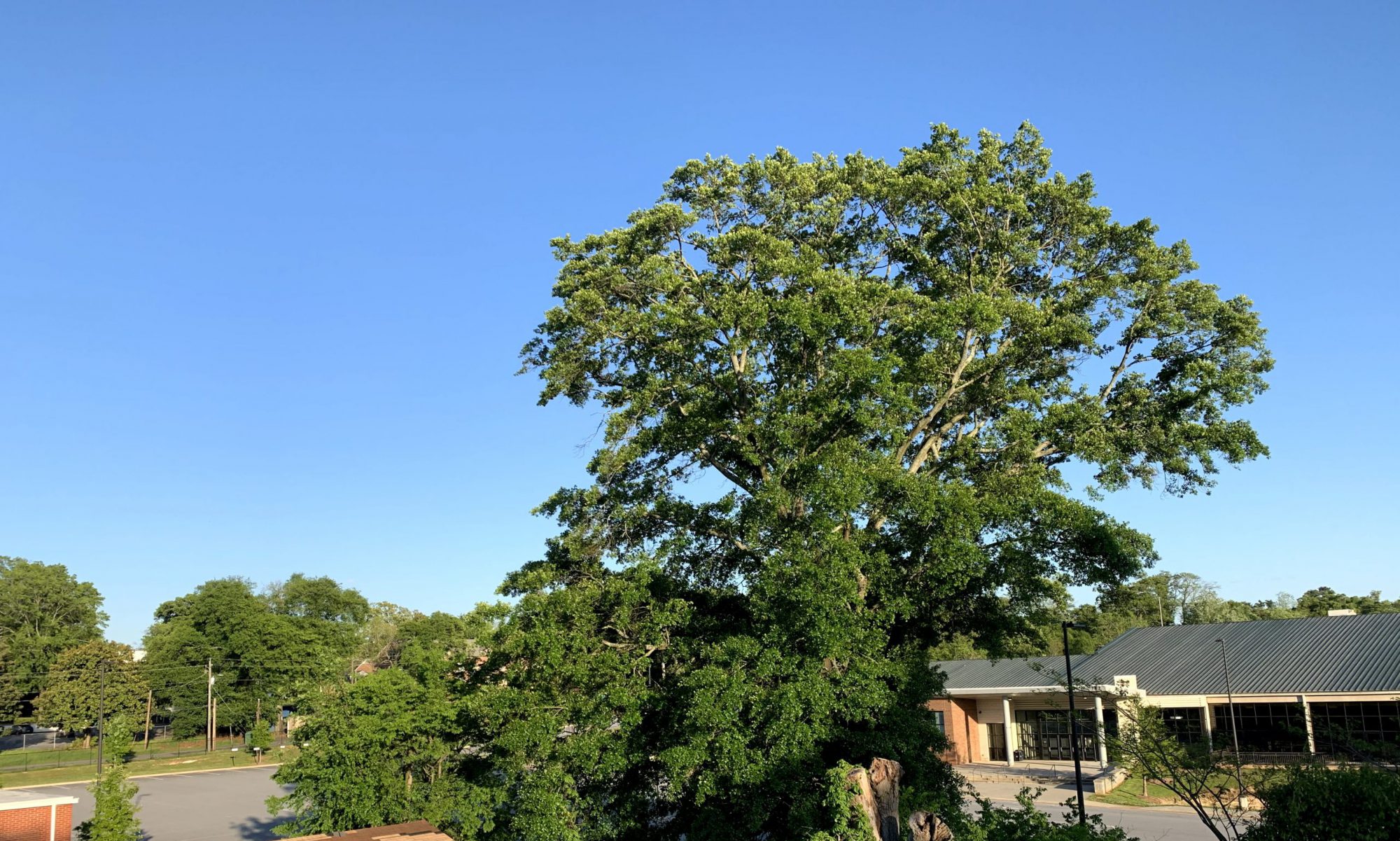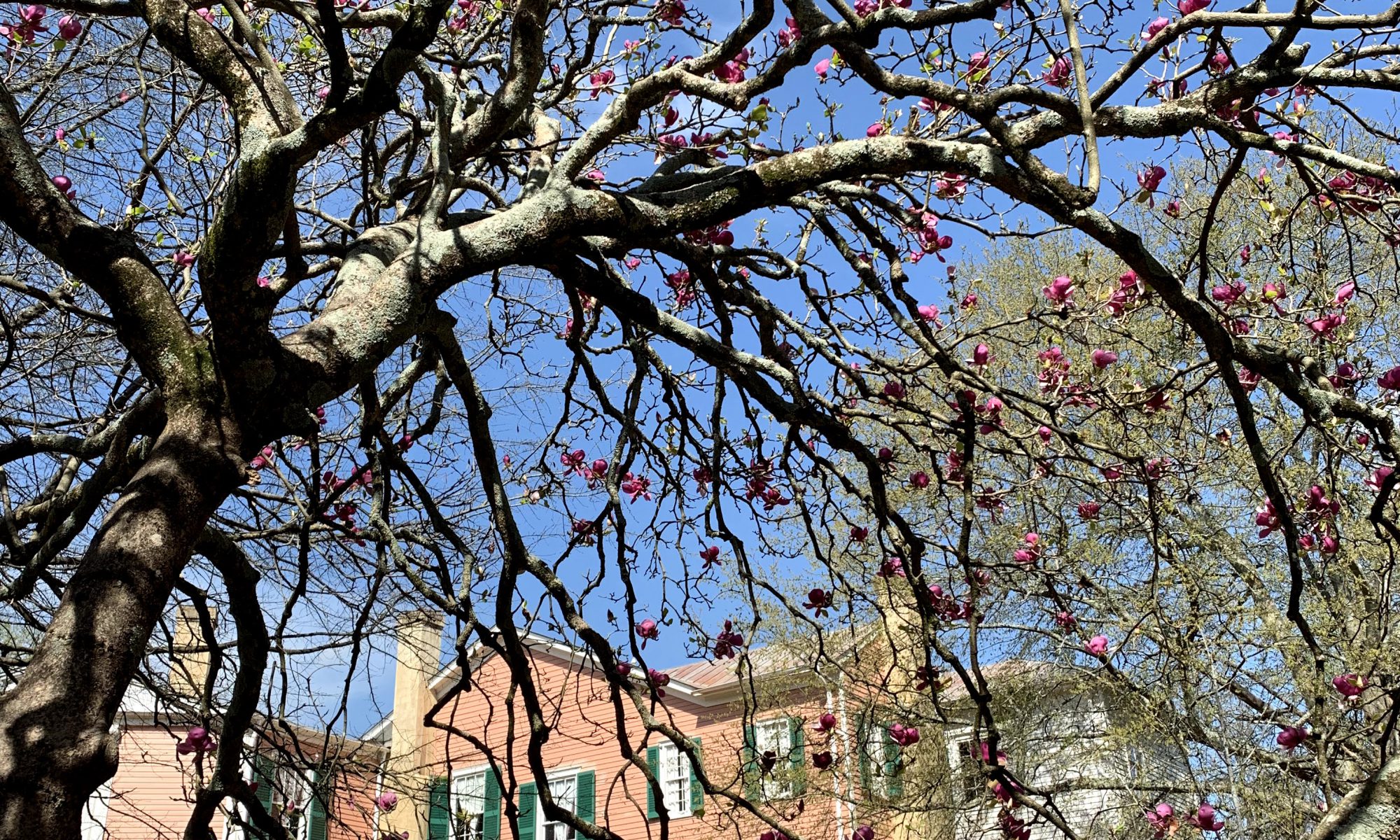The concept of sustainability has never been more important than it is today. There is so much to be learned by observing the outside environment, so many teachings that can always be related back to our day-to-day workings, such as nature’s incredible ability to have a closed-loop system. Nothing goes to waste and nothing is without purpose. Especially through fields of study, such as bio-mimicry, which is defined as the design and production of materials, structures, and systems that are modeled on biological entities and processes. For example, the nose of Japan’s Shinkansen Bullet Train is modeled after the beak of the Kingfisher’s beak, which drastically reduced the noise of the train that consumed 15% less energy and increased speed by 10% all because the chief engineer happened to be an avid bird watcher. There is so much to be learned about through simple observations in nature, and this is one of the key ideas that I find so valuable. Integrating the Sustainability Certificate into my degree has not only formally educated me, but has changed my personal philosophy and the way I operate within my environment. So often we are subliminally taught that the individual must persevere above all else, that there can only be the importance of the single person. Yet, this way of thinking is so damaging, as it refuses to acknowledge community and instead benefits only the individual. Of course in nature the individual exists, but it works within the framework of a larger context. One of my favorite stories from Ron Balthazor is his explanation of trees and their ability to communicate with one another over distances. He explained that when trees are sick, nearby trees will redirect their nutrients towards the ill tree to help it recover faster, and similarly, trees that have been cut down, are usually not dead, still receiving nutrients from other trees and still communicating. Trees are not only following the pursuit of survival, they also respond to community and assistance, a valuable lesson within itself.
The idea of community itself is so valuable, especially in my course of the Sociology of Urban Life, in which we learned about how the environment directly affects people’s experiences. This goes hand in hand with the idea of bettering the environment because of not only how the environment becomes healthier, but so do we. With less air pollution, water pollution and land pollution, the health risks, such as asthma, decrease significantly. In this course, however, we looked at how the layouts of urban settings affected people, and how it often disproportionately negatively affected people of color and people of lower class, as urban city planners often did not account for them in their plans. This experience personally made me reflect on the issues of sustainability as being a study of privilege, meaning that we are all so lucky to even be given the opportunity to study this concept, let alone to be students at this university. Yet, even within the program, there is still so much unchecked privilege about sustainability being only for the upper class, the educated class, and more often than not, white Americans. Thus, we should be trying our best to mitigate this issue, and to bridge the gap between this inequality, this can already be seen in programs like SNAP, which are allowing low income families to participate in the farmer’s markets, giving everyone the opportunity to gain access to better and fresher food. The community as a whole must advance, not just the privileged.
My experience in Ecology 1000 helped kick start my journey with sustainability, inspiring me to learn more about this field of study that enchanted me, and although I treasure the experiences I gained through the class, I think the most important concept behind the class was that we, the students, had to take it to fulfill our requirements for our degree. I was an Art History student, without this class, I might have stopped taking science courses altogether after high school. The class itself was filled with students from outside majors, but the class is so important because of this, because it is able to reach people that otherwise might have never had this opportunity. I equate this heavily with the Sustainability Certificate because of how much of an amazing job it does at bringing together outside majors into one room, and how it asks them to collaborate and learn from one another. One might have a linguistics major, a business major with a forestry major sitting within a few inches of one another, and the ideas that come from these different fields of study combining into one can be anything short of remarkable. Collaboration is so important, the single person cannot be the only one held responsible, it is through learning from each other and seeing through different perspectives that we can find value in the individual. I value the Certificate program so much because of the interdisciplinary nature of it, how it allows for an Art History major with little STEM background such as myself, to pursue this passion in my own way. How it allows for all of us to learn as a group, and then take back what we have found into our own individual fields of study.
In Art History, and the art community in general, there is so much interest in sustainability, but the pathways and understanding of how to contribute are not well explored. Art is all about materials and representing an idea to the outside. Materials use is easy enough, sourcing from used and reused materials instead of new products, but what about the paints used? What about the dyes? Is there a way to sustainably source them? Is there a way to create a closed loop system with the materials used in sculptures in the art school? Is there a better way to share valuable materials or a better way to communicate needs? Could more fabrics express the beauty of natural materials to the public in a more digestible way? Art is often about the handmade and the personal, is there a way to make this idea palatable to the general public, to explain this in a way that everyone can find value in the handmade? There are more questions than answers, but for me, that is the most exciting, a field that needs so desperately to be worked at and that needs to be considered deeply. I hope to be able to ask those questions and to help create some answers.

